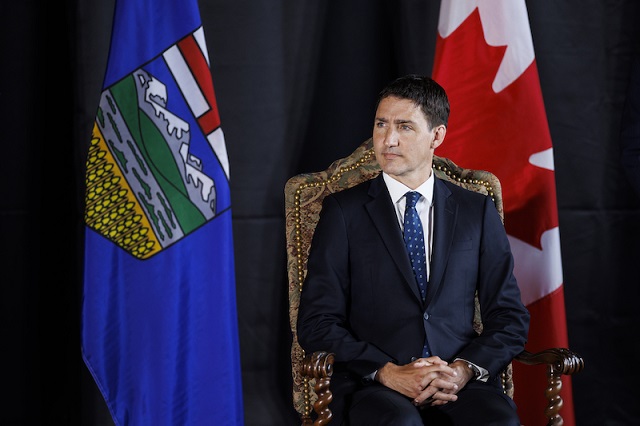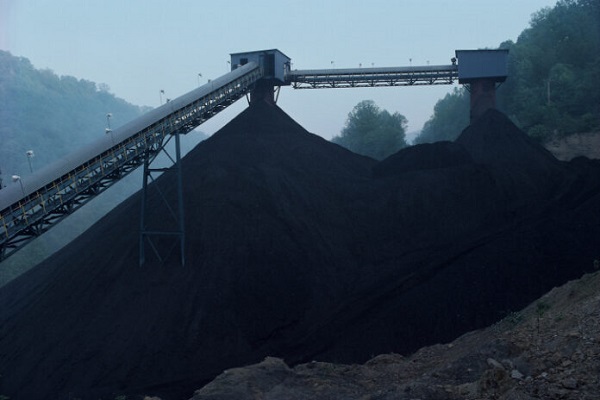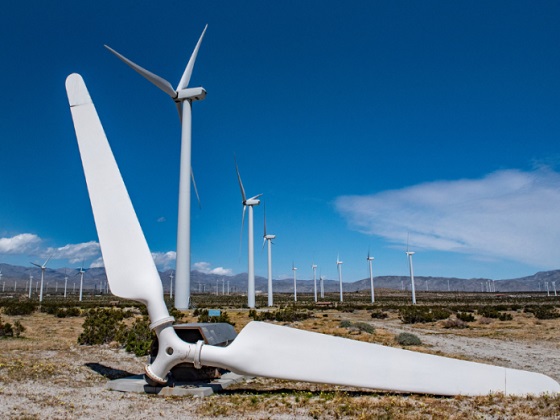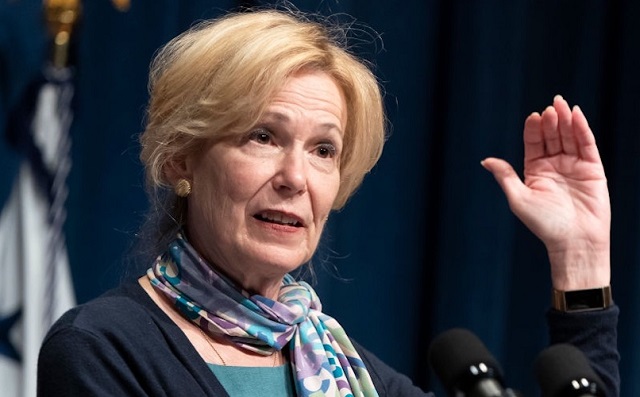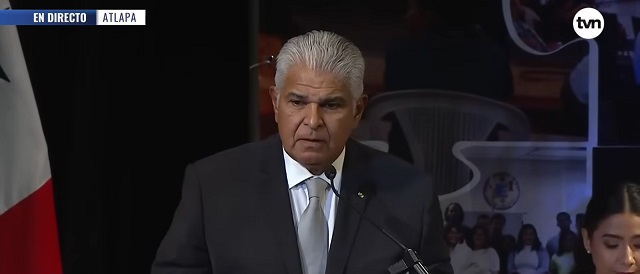By Anthony Murdoch
The scheme to try and incentivize Canadians to switch to less reliable heat pumps is expected to cost taxpayers $2.7 billion, up from the original $750 million estimate.
An ideologically charged Canadian federal government “green” program to try and get homeowners to switch their reliable heating oil furnaces for less reliable electric heat pumps via a large grant has been blasted by a taxpayer advocacy group as yet more government waste after it was revealed the program is set to cost nearly four times as much as originally thought.
According to Blacklock’s Reporter, a recent federal Legislative Costing Note from the Parliamentary Budget Office released last Thursday showed that estimated costs for a federal government program to give households $15,000 grants to switch to new heat pumps have gone from $750 million to $2.7 billion.
“The Budget Office estimates there are up to 244,000 households nationwide that could be eligible for program funding,” stated the Legislative Costing Note, which added that if all eligible households access the program, “we estimate the program could have a maximum potential cost of $2.7 billion.”
According to notes from the Enhancements To The Oil To Heat Pump Affordability Program, the program uptake was “projected by extrapolating historical participation trends in the program.”
The original scheme was to allow $10,000 to eligible homeowners to convert from their oil-fired furnaces to an electric heat pump. The cabinet of Prime Minister Justin Trudeau last October expanded the grants to $15,000 along with a $250 “one-time bonus payment.”
As it stands now, the grants apply to residents in the provinces of Nova Scotia, Prince Edward Island and Newfoundland and Labrador.
According to The Budget Office, “approximately 10,000 households” to date have officially qualified for electric heat pump grants.
In October of last year, amid dismal polling numbers that showed his government would be defeated in a landslide by the Conservative Party come the next election, Trudeau announced he was pausing the collection of the carbon tax on home heating oil in Atlantic Canadian provinces for three years.
He then revealed the main reason for the announcement, which was to encourage locals to ditch their home heating oil units for electric heat pumps and said his government would be giving out free pumps to many homeowners.
However, Trudeau refused to offer carbon tax relief to other provinces, such as Alberta and Saskatchewan, for natural gas. This led to Saskatchewan Premier Scott Moe announcing his government would defy the Trudeau government, and stop collecting the federal carbon tax on natural gas in this province, as of Jan 1, 2024.
Taxpayer watchdog: ‘None’ of this is ‘free money’
Franco Terrazzano, Federal Director of the Canadian Taxpayers Federation, told LifeSiteNews that “none” of the money going to the heat pump scheme is “free” and the Trudeau government instead should just scrap the carbon tax.
“Why does it feel like this government can’t keep anything on budget? Is there any wonder why this government is more than $1 trillion in debt?” said Terrazzano.
“None of this is free money.”
Terrazzano noted that if a person is getting a grant from the government, “all of that money will have to be paid back through higher taxes.”
“If the government wanted to make all areas of life more affordable, the government should leave more money in people’s pockets and cut taxes,” he told LifeSiteNews.
“Trudeau should completely scrap his carbon tax.”
Terrazzano added at the “very least,” Trudeau should “extend the same relief he provided to Atlantic Canadians and take the carbon tax off everyone’s home heating bill.”
Heat pumps do not work well in very cold weather unlike a natural gas or oil-fired furnaces, a fact which was even admitted by a former environment minister for the province of British Columbia, Barry Penner.
The Trudeau government is trying to force net-zero regulations on all Canadian provinces, notably on electricity generation, as early as 2035. His government has also refused to extend a carbon tax exemption on heating fuels to all provinces, allowing only Atlantic provinces, this benefit.
Canada has the third largest oil and gas reserves in the world, with most of it in Alberta. However, since taking office in 2015, Trudeau has continued to push his radical environmental agenda similar to the agendas being pushed the WEF’s “Great Reset” and the United Nations’ “Sustainable Development Goals.”
LifeSiteNews has earlier reported on how Trudeau’s carbon tax is costing Canadians hundreds of dollars annually, as government rebates it gives out are not enough to compensate for high fuel costs.
One of the reasons the carbon tax break was applied to Eastern provinces, might have something to do with the fact that there are 24 Liberal MPs up for re-election in Atlantic Canada.
A recent cold snap showed Canadian lives depend on carbon-based fuels to survive winter.
A little over a week ago, an extreme cold snap sent temperatures plummeting to nearly minus 50 degrees Celsius (58 degrees Fahrenheit) in much of Western Canada. It was so cold that the province of Alberta’s power grid almost collapsed due to a failure of wind and solar power. Natural gas and coal are abundant in Canada, notably in Alberta.
In response to the situation, the neighboring province of Saskatchewan, which was also facing the same cold snap, announced it would be providing Alberta with electricity, made from coal and natural gas, to stabilize the grid.
Related
